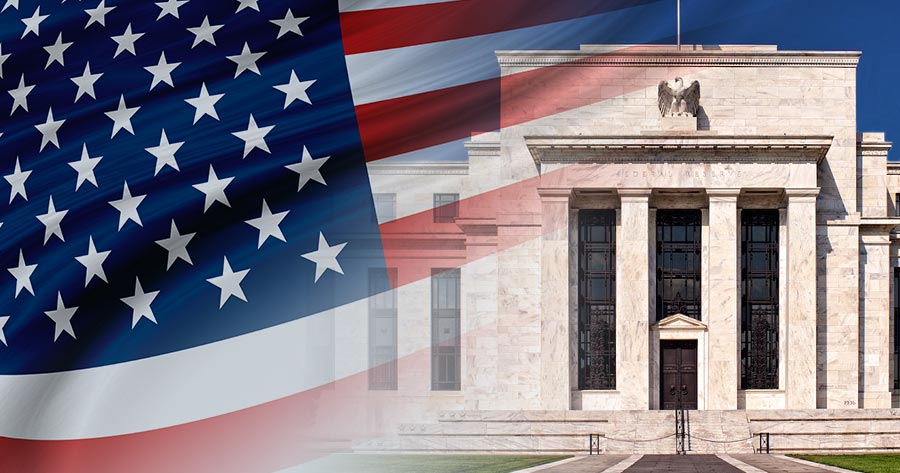Federal Reserve Chairman Jerome Powell stated yesterday that it will take some time to evaluate the current state of inflation, leading to uncertainty regarding the timing of potential interest rate cuts.
Powell emphasized that they are not in a rush to ease monetary policy and do not expect to lower the policy rate until there is greater confidence that inflation is moving sustainably down towards 2 percent. The Federal Open Market Committee (FOMC) has previously voted to hold benchmark short-term borrowing rates steady, with a need for “greater confidence” before considering cuts. The Fed’s preferred inflation measure, the personal consumption expenditures price index, showed higher rates (2.5% for February) than the 2% target.
Market expectations for FOMC easing this year have been recalibrated as inflation has remained higher than anticipated. Other economic indicators, such as job gains and consumer spending, have also been strong. Powell mentioned that recent data, while higher than expected, have not materially changed the overall picture of solid growth, a strong labor market, and inflation trending towards 2%.
Various Fed officials have echoed a patient approach, with some indicating potential cuts later this year. Powell specified that decisions are made “meeting by meeting,” and cuts are likely at some point in the year. The uncertainty around rate changes has impacted markets, with stocks falling and Treasury yields increasing, although the market stabilized later. Powell also emphasized Fed independence and the institution’s focus on economic analysis free from personal or political bias, reiterating that decisions are made in the best interest of the economy in the medium and longer term.
Additionally, Powell addressed the concept of “mission creep,” stating that the Fed is not involved in climate policy decisions or financial institutions’ preparations for related events. Powell’s remarks provide insight into the Fed’s cautious approach to policy changes amidst economic strength and persistent inflation levels above the target.




